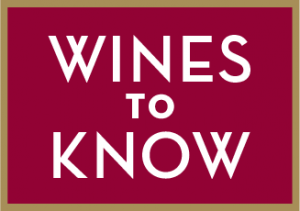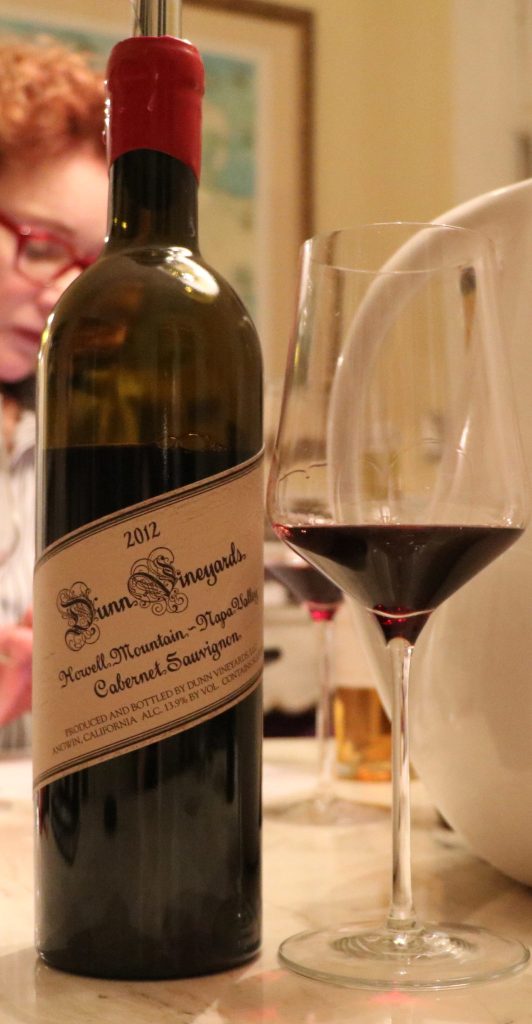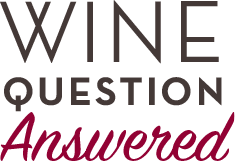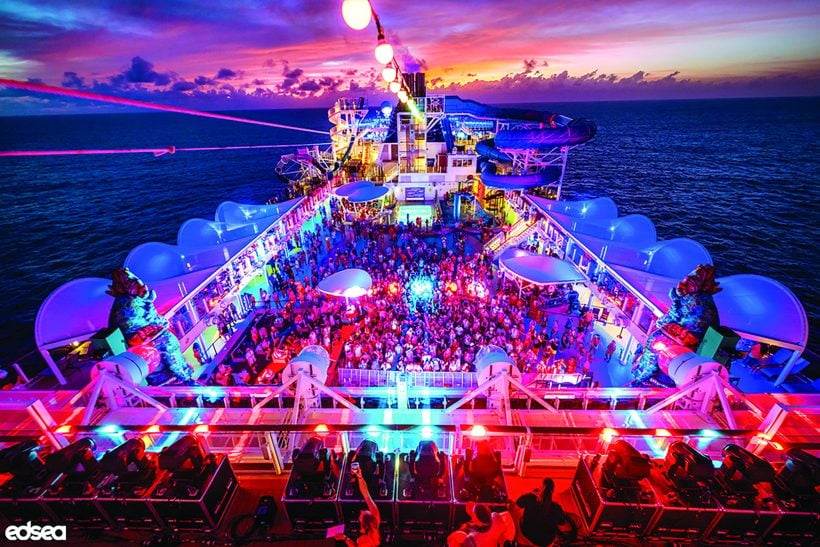Veteran wine writer Karen MacNeil shares insights with subscribers in her weekly newsletter, WineSpeed. Read excerpts from this week’s edition below.

DUNN VINEYARDS | CABERNET SAUVIGNON 2012
(Howell Mountain, Napa Valley, California) $150 (750ml)

Dunn Vineyards has a blue-chip reputation in the Napa Valley for making wines so exquisitely balanced that they age for decades. (If delayed gratification is not your thing, you can open them now as well). This 2012 is like drinking the perfect Black Forest Cake—juicy, dark and textural. But the flavors go far beyond this hedonism—reminiscent, as they also are, of things that are rocky, minerally, savory, woodsy and meaty. Dunn Cabernet is a masculine wine, but one with such surprising freshness that it feels lively and exciting. It is a wine that is both expansive and restrained—like the volcanic mountain from which it comes. (13.9% abv)
97 points KM
Available at Wine.com

There are 51 Grand Cru vineyards in Alsace. Although the Grand Cru status is one of the most esteemed, there are some producers of great reputation who have chosen not to use the designation. Which of the following producers DOES use the Grand Cru designation?
A. Hugel
B. Zind-Humbrecht
C. Trimbach
D. Léon Beyer


“Based on chemistry, DNA, ancient texts, art, ethnography and experimental archaeology, it’s clear that as humans, we are set up as biological creatures to drink alcohol.”
—Dr. Patrick McGovern, Director of Biomolecular Archaeology, University of Pennsylvania, and author of Ancient Wine: The Search for the Origins of Viniculture

I’LL TAKE THE SECOND SIP, THANKS
During the French Renaissance, a sommelier bought the title and paid to become part of the retinue of the king or a nobleman. The sommelier, responsible for stocking food and wine for journeys, kept the provisions in a carriage called a somme. Simply stocking provisions, however, was not the sommelier’s most important job; ensuring the condition of the perishables was. He did this rather riskily, by taking a bite of each food and a sip of each wine before it was presented to his lord. If the food or wine had been poisoned by an enemy, the sommelier was the first to know.

TERPENE
An organic compound that is produced by a variety of plants (including grapevines), which can produce a strong aroma. It is found in higher concentrations mostly in gewürztraminer, muscat, riesling and some German crosses. Muscat has one of the highest concentrations of terpenes, and, therefore, its aroma is often described as terpene-like.

Fuchs de Vidal—Reserva Cava “Cuvee Speciale” non-vintage (Penedès, Spain) $18
Who doesn’t need a terrific sparkler at a good price? Here it is. Light-bodied and crisp with a fine mousse and a minerally freshness.
Thorn-Clarke—“Mount Crawford” Riesling 2015 (Eden Valley, Australia) $16
Limey, pure and very incisive. Tastes as pristine as glacier water. Lots of stones and stone fruit. Bone dry and light. A great wine to drink while you’re cooking.
Crowded House—Sauvignon Blanc 2015 (Marlborough, New Zealand) $13
In a crowded field of contenders, Crowded House makes a snappy, easy-to-drink New Zealand sauvignon with lots of herb and lime flavors—all for $13. Has a good touch of “outrageousness” that New Zealand sauvignon is known for.

B.Zind-Humbrecht designates several wines from its greatest vineyards as Grand Cru. Although the other three producers all own Grand Cru vineyards (or parts of them), they do not use the term on some of their best wines. The decision not to use the term is a form of quiet protest over the standards set for Alsace Grand Cru vineyards, which some producers feel are not as stringent as they would like. Trimbach’s famous riesling called Clos Ste. Hune, for example, is not designated Grand Cru although it could be since the wine comes from a tiny plot within the Grand Cru vineyard called Rosacker.









